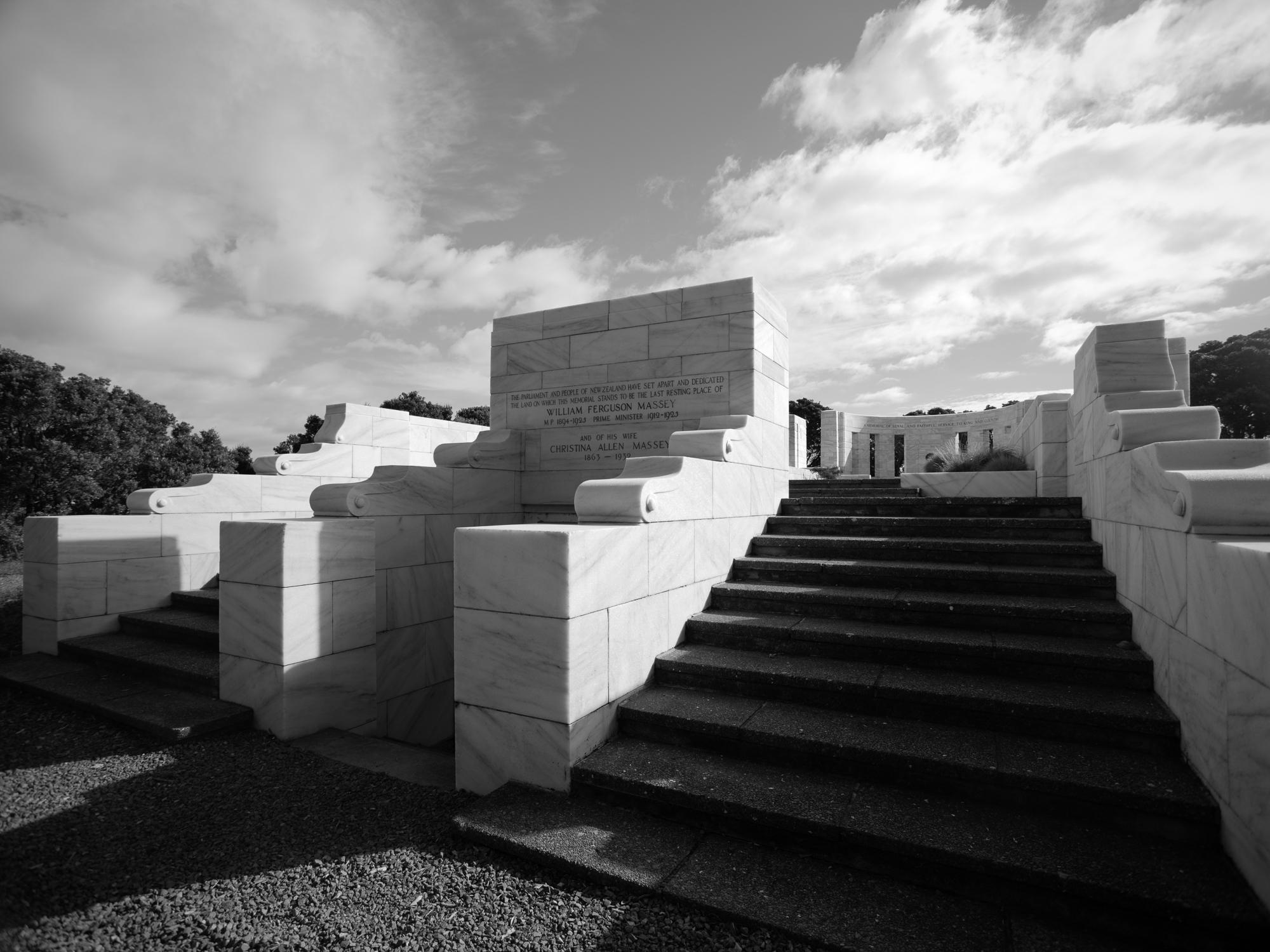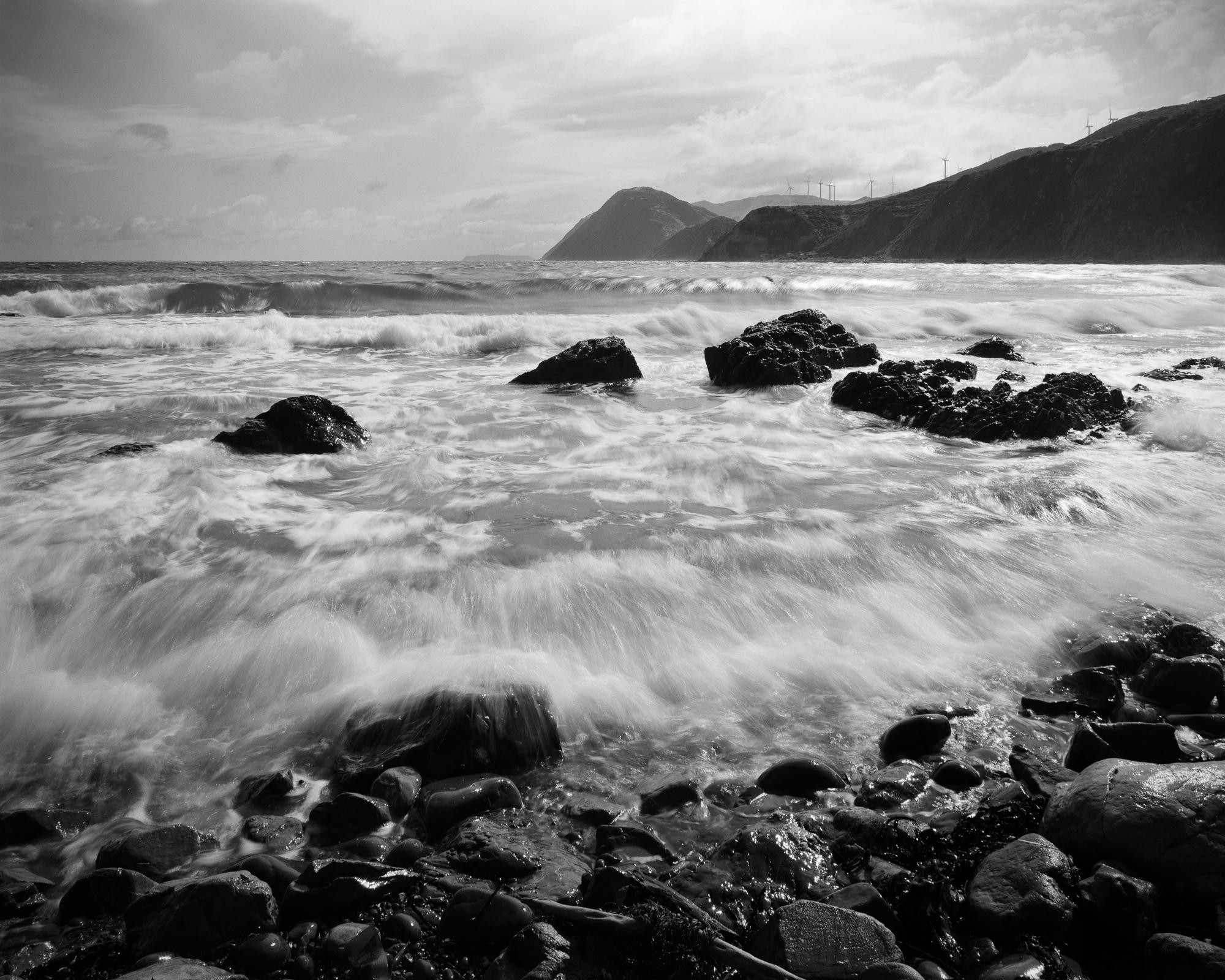
6 minute read
International members eMagazine June 2025
We are delighted to introduce Gordon Lehany, an international member of the RPS who has called Wellington his home for the past ten years. Preferring to photograph the less obvious scenes, Gordon tells us more about this beautiful country and the inspiration behind his images.

Moving from Scotland to New Zealand a decade ago, my new home never fails to surprise and inspire. An internet search for “New Zealand landscape” will pull up beautiful, if predictable imagery. What inspires me is not those vistas, awe-inspiring though they may be, but other aspects of this fascinating place. The New Zealand of famous movies - mountains, rivers and glaciers - is of course here to experience and photograph. If that is your thing, the largely unspoilt and grand landscapes of the South Island in particular are popular subjects. However, I’ve always preferred to explore and photograph some of the less well-trodden, and perhaps less fashionable kinds of imagery of New Zealand.
New Zealand is a place of visible recent history, with surviving visual evidence from the earliest European settlers to the present. It is a country that is now modern but also industrial. Auckland is home to around 1.5 million people (and many escooters). I live in Wellington, the capital city which is also home to a vibrant artistic community.
New Zealand is now often referred to as Aotearoa/New Zealand to reflect the bicultural nature and history of this place. Although ‘Aotearoa’ currently has no official status in New Zealand’s title, in even a short time here, you will see relics and monuments of the early European settlers.

Wellington, a thoroughly modern city? Suburbs perched on hillsides, with clear skies over the harbour out to the Remutaka hills and the ubiquitous pylons decorating the landscape adorned with alien species such as Scottish Gorse. Autumn 2025. (Fuji GFX 100)

Makara Beach, with obbligato windmills. Renewable energy is a key feature of the New Zealand economy, with wind farms another prominent element of its skylines. Autumn 2025 (Chamonix 4x5 with Schnieder Super Angulon, FP4).


Another view of Wellington through a majestic native tree. Autumn 2025. (Fuji GFX 100, with Pentax 67 lens)
Grand and perhaps beautiful in their own way, many were perhaps not built in a manner necessarily respectful of the existing culture here: that of Māori, the indigenous people and culture of Aotearoa/New Zealand. These colonising monuments, and other aesthetic styles introduced by settlers are perhaps not entirely to be celebrated, but are nonetheless a feature of this place, and can be documented and understood. More broadly, design elements such as building architecture and construction styles, and decorative elements such as stained-glass windows, can be both distinctively New Zealand and European.
The land on which many parts of Wellington is built, originally belonged to Iwi of Aotearoa’s Māori people. The taking of land in the nineteenth century, largely for European settlers, remains a source of dispute, along with other questionable actions of the British crown in the early days of European settlement. Wellington is a modern, peaceful, and beautiful city, but I’m struck by a sense of privilege by occupying space here, with our European styles of architecture and invasive species of plant and animal.

The beach at Napier, Hawke’s Bay looks inviting for a swim. If you venture to the shoreline, a local is guaranteed to intercept you, and warn you of the treacherous shelf a few metres offshore - periodic and tragic drownings here are a legacy of the 1931 earthquake that destroyed the city. Autumn 2025 (Fuji GFX 100).

Late summer in Auckland, New Zealand’s most populous city - with escooter. Late Summer 2025. (Canon 5D Mark IV)
Depopulation is an important issue for New Zealand currently. This is true in terms of the nation as a whole, with the Guardian reporting on this issue recently. However, what is also important is how rural New Zealand comes to terms with decades of migration to larger urban areas. Rural depopulation is an on-going process as farming intensifies and jobs outside the cities have become increasingly scarce over the past fifty years. The North Island has many communities which cling onto survival and many which are gradually decaying and becoming virtual ghost towns.An internet search for ‘forgotten world highway’ will give you a flavour of this.The town of Mangaweka in the Manawat¹-Whanganui region was bypassed by the State Highway in the 1970s, its wide empty streets now a monument to its former life.

Agricultural cottages in Havelock North, in Hawke’s Bay. Now bookable holiday accommodation as a complex with covered outdoor areas, although the cracked stainedglass windows and tired corrugated plastic roofing tell their own story. Summer 2016 (Pentax 6x7, FP4)

Cottage in Havelock North, inside, looking out. Summer 2016. (Pentax 6x7, FP4)
If you would like to explore and photograph the stunning vistas of New Zealand’s Southern Alps, it is all here and readily accessible. Winter in the South Island is spectacular and a popular place to visit and photograph. However, if you do visit, you may also wish to look for and dig into the visual record of cultures and cultural change which is everywhere. There is always plenty in which to find interest.
Over the past decade I have taken many thousands of pictures. Here are a few brief snippets of some themes I have found inspiring!

Chimneys of an abandoned township near Mangaweka. Summer 2015. (Pentax 6x7, Tri-X)

Mangaweka Village. Once a thriving town, but now with a dwindling population of fewer than 200 people. The shop fronts here are mere facades. Nobody has bought hardware at T G Taylor’s shop in decades. Autumn 2015. (Pentax 6x7, Tri-X)


Dunedin’s railway station has a few departures each day in the tourist season, but was once a busy hub with its grand staircases. Summer 2015. (Leica M6, Tri-X)
Thank you Gordon for this wonderful article and fantastic images which show a deeper view of this amazing part of the world.




